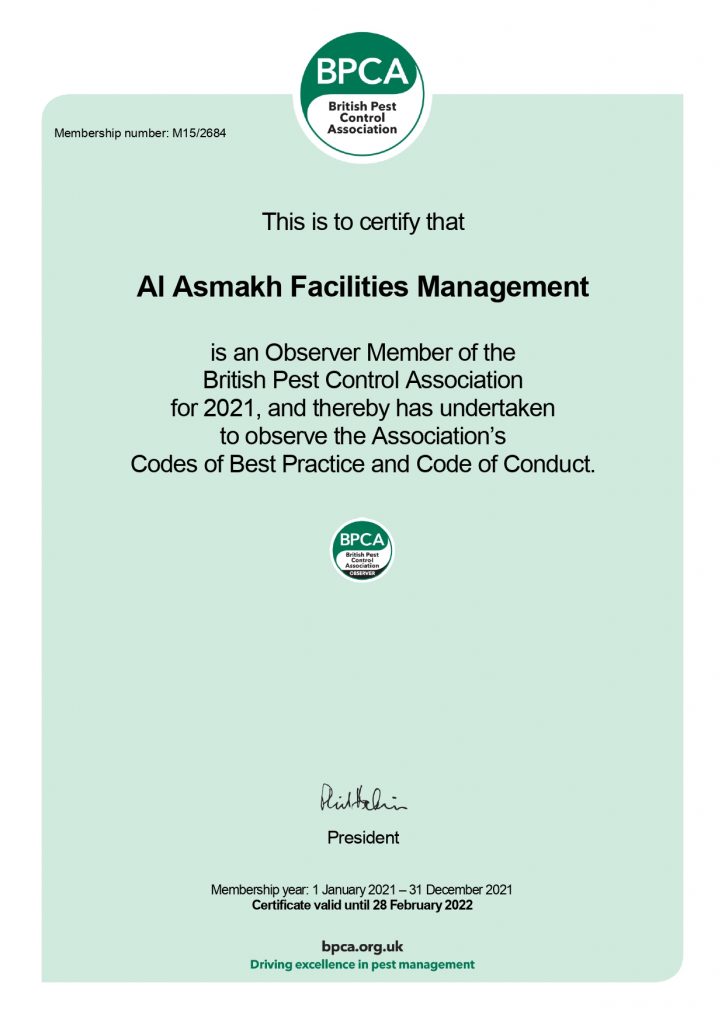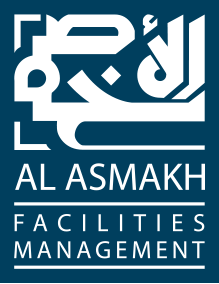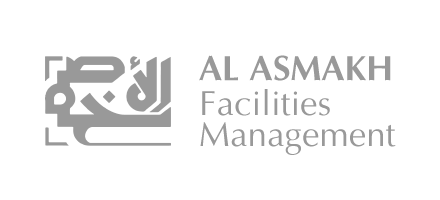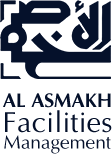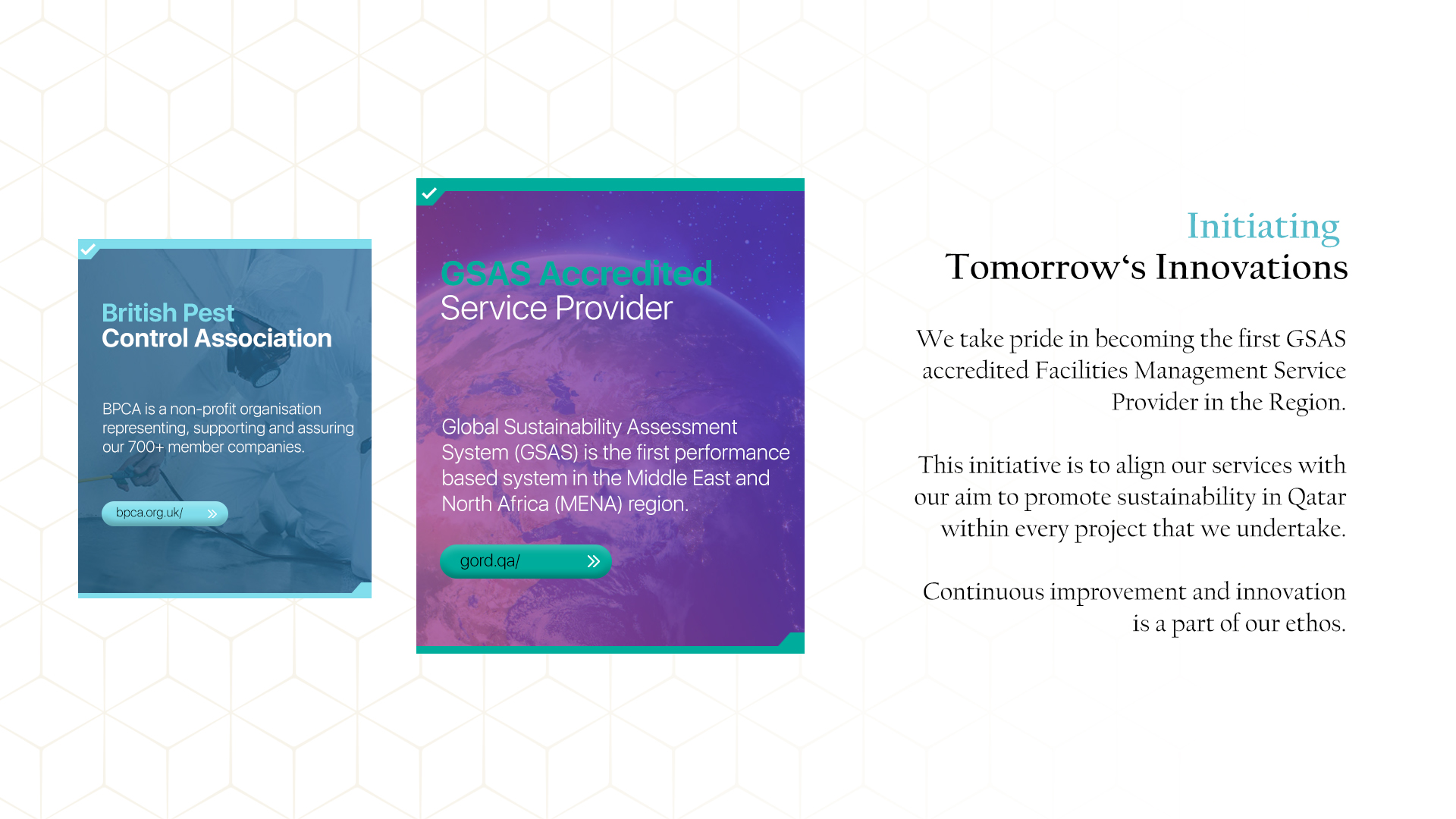Energy & environmental enhancement and preservation are top priorities of Al Asmakh Facilities Management. Since Facilities Management is responsible for ensuring the functionality, comfort and safety of the built environment, uniquely positioned to leverage local operational efficiency initiatives to identify and act to improve the efficiency of energy use across facilities. Additionally this allows us to advise the property owners on how best to integrate people, processes and technology to achieve optimal efficiencies.
Which is why, our team has taken the initiative to report on the energy usage of the properties we manage every month. This enables us to see clearly the trend of usage, wastage and places for improvement. This is now implemented as a part of the monthly report we submit to our clients.
Apart from this, our Building Management Solutions team actively works on field studies before and after the installation of BMS in properties. The field study involves, collecting Electricity readings for the past years, examining the gaps, propose appropriate solution based on the needs of the facility, etc. Once implemented, the team continues to collect relevant data to compare the trends, where data have always been positive for the clients.
Some of the proposed solutions are outlined as follows:
Proactively manage energy-using equipment
The key to maintaining functionality, comfort, safety and efficiency of building systems is to ensure that equipment is well-managed and maintained through routine checks and preventive maintenance. Equipment checks can often go overlooked because attention is directed to more pressing issues. When maintenance is not addressed over a longer period, reduced equipment efficiencies or asset damage may result. Regular, planned preventive maintenance on energy-using equipment can help identify leaks, repairs or replacements.
Effectively use lighting and HVAC controls
We can reduce energy waste by effectively using control solutions to improve the efficiency of lighting and HVAC systems. No matter the technology, if lighting remains on in unoccupied areas or in rooms fully lit by natural daylight, energy is being wasted. One of the most common types of lighting controls are occupancy sensors, which turn lighting on automatically when they detect motion and off when the area is vacated. This is further evaluated in Building Management Solutions.
Retrofit existing building systems
There is significant opportunity in retrofitting older, existing buildings through the modification of building systems to be more energy efficient. The retrofitting process is most effective when companies limit the scope of their retrofit to a few broadly applicable measures and roll out a sustainable technology investment bundle across their portfolio. Other impactful retrofitting solutions include the replacement of doors and windows or installing insulation. Initial success of their retrofit program is reportedly upwards of a 30% reduction in overall energy usage. By improving building envelope, performance companies can lower their heating and cooling needs, wasting less energy and being more efficient at the same time.
Investing in Ourselves
Energy is a complex issue that touches every aspect of a building and presents many simultaneous challenges, including energy costs, occupant comfort, and energy reliability. By proactively managing equipment, effectively using control systems and supporting initiatives to retrofit older buildings, facility managers can have a significant impact on the energy efficiency of their building systems.
Using energy more efficiently is one of the easiest, most cost-effective ways to save money, reduce greenhouse gas emissions, create jobs, and reduce the growing energy demand.
Citation:
TY – JOUR
AU – Sapar, Majid
AU – Lee, Siew
PY – 2005/07/01
SP – 416
EP – 425
T1 – Establishment of energy management tools for facilities managers in the tropical region
VL – 23
DO – 10.1108/02632770510602351
JO – Facilities
ER –
